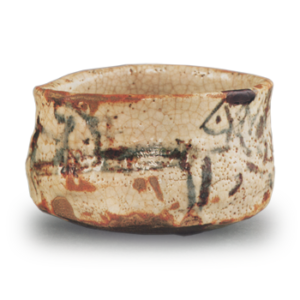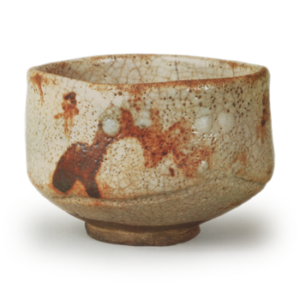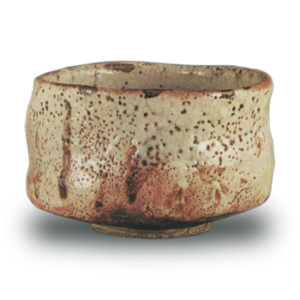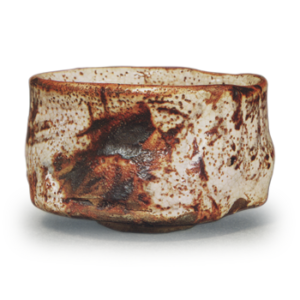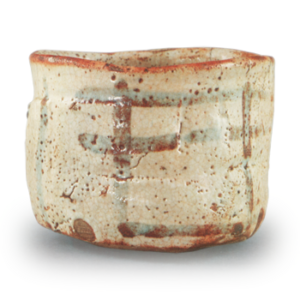A glaze formed by the volatilization and decomposition of a certain chemical compound that has been introduced into the kiln during the firing of a ceramic base and which adheres to the surface of the base and then melts to form a glaze. This glaze is applied only in the case of stoneware production, and the main component of the compound is salt. The salt glaze was first used in 1680 by Palko and Bagnall of Staffordshire, England. The glazing process is relatively simple, and the hardness of the glaze makes it very versatile for everyday use, so it is still widely used in Europe today. The process of applying salt glaze differs from the usual method, in that the molded vessels are first stacked in the kiln or placed on a shelf without being placed in a saggars, and then fired. The surface becomes smooth like a glaze. The hydrogen chloride gas produced at the same time is dispersed from the chimney, so it is necessary to select a substrate that contains a large amount of silicic acid to be used for salt glaze. The amount of salt required for this process varies depending on the thickness of the glaze layer and the amount of items loaded into the kiln, but it is said that 0.5 to 3 units of salt are required per cubic meter of gas in the kiln. This method is generally applied to the manufacture of earthenware pipes and other crude daily necessities, but when more elaborate items are to be manufactured, they are all placed in a saggars, and in this case, a mixture of boric acid and carbonated lime is applied to the inside of the same saggars. This is called transfer glazing.
